
A spaceship the size of a washing machine will be launched into orbit by Japan, in what it hopes will be a major step forward in shaping the future of clean energy.
The OHISAMA project, whose name means "Sun" in Japanese, is scheduled to be completed in 2025.
The satellite weighs just 200 kg and flies in low orbit at an altitude of about 400 km above the Earth's surface. It will collect sunlight through a 200 m² solar panel and convert this energy into microwaves. These microwaves will be transmitted to a series of antennas located in Suwa, Japan.
From here, the energy is converted into electricity. The initial output is only about 1 kW, which is enough energy to run a coffee maker or dishwasher for 1 hour.
Despite its modest scale, the potential success of the experiment would have far-reaching implications. It would be one of the first practical tests of a solar beam network that collects solar energy in space and then beams it down to Earth.
The system can provide power day and night, unaffected by weather, clouds, or shadows cast by the Earth’s rotation—all of which are variables that greatly influence the amount of energy modern solar panels produce.
The concept of transmitting solar power from orbit is not new. The idea was first proposed in 1968 by Peter Glaser, an engineer working with NASA during the development of the Apollo projects.
At the time, it was considered completely impractical. The satellites required would be huge, the launch costs were prohibitive, and the technology for transmitting power was still in its infancy.
But in the last 10 years, things have changed. Advances in lightweight materials, microwave transmission, and cheaper spacecraft launch systems have made the dream of collecting solar energy in space a reality. That’s thanks in large part to innovations like SpaceX’s reusable rockets.
Japan's OHISAMA satellite is designed to test the concept that solar beam technology is feasible.
Thirteen ground receivers placed over a 600 square meter area will pick up the microwaves transmitted down.
The experiment will test not only the ability to accurately transmit solar energy from orbit, but also whether ground systems can receive and convert that energy into usable electricity.
Japan isn't the only country pursuing this technology. In 2020, the US Naval Research Laboratory launched its own space-based energy experiment called PRAM, and in 2023, Caltech followed suit with a low-cost prototype called MAPLE.
Each of these efforts aims to validate different elements of transmitting solar energy from orbit to Earth.
With the results of all these projects combined, we are laying the foundation for a future where satellites can become a global solar infrastructure.
However, there are still significant barriers. One of the biggest is cost. NASA estimates that generating electricity through space-based systems could be ten times more expensive than solar or wind power on Earth.
A satellite traveling at 17,000 miles per hour must beam solar energy to a fixed target below, requiring precise tracking and potentially massive receiver arrays stretching for miles. Thankfully, OHISAMA doesn’t try to solve all of those problems at once.
Instead, this project is laying the groundwork so that one day we could have a global power grid powered by energy from space.
If successful, future satellite versions could be scaled up to deliver continuous renewable energy from orbit, providing a clean and steady source of power even when the Sun isn't shining on Earth.
Source: https://dantri.com.vn/khoa-hoc/ke-hoach-cua-nhat-bom-nang-luong-vu-tru-ve-trai-dat-20250519020621314.htm




![[Photo] Prime Minister Pham Minh Chinh inspects the progress of the National Exhibition and Fair Center project](https://vphoto.vietnam.vn/thumb/1200x675/vietnam/resource/IMAGE/2025/5/19/35189ac8807140d897ad2b7d2583fbae)

















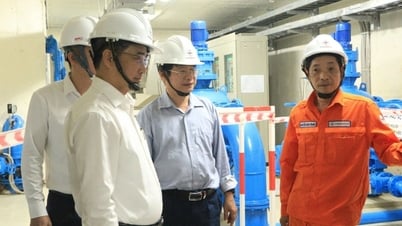











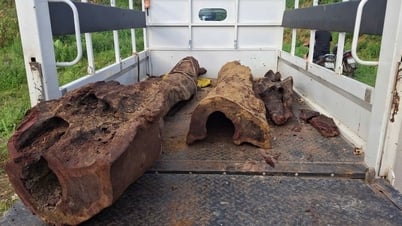






























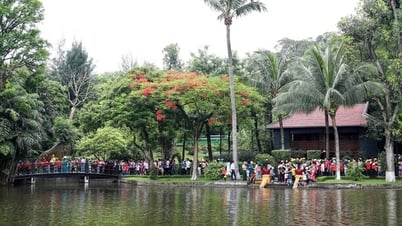






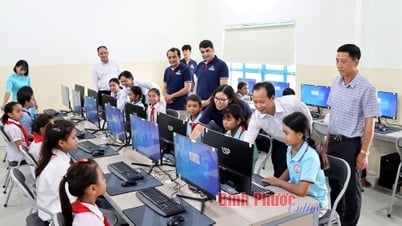




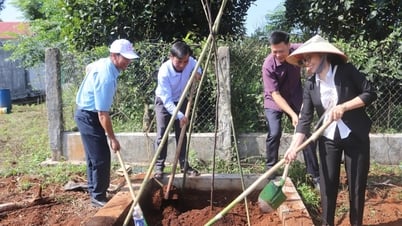

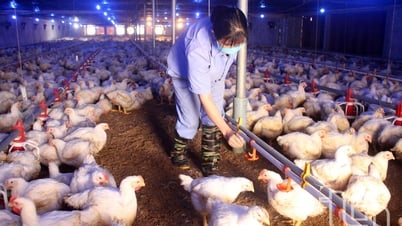





![[VIDEO] - Enhancing the value of Quang Nam OCOP products through trade connections](https://vphoto.vietnam.vn/thumb/402x226/vietnam/resource/IMAGE/2025/5/17/5be5b5fff1f14914986fad159097a677)







Comment (0)